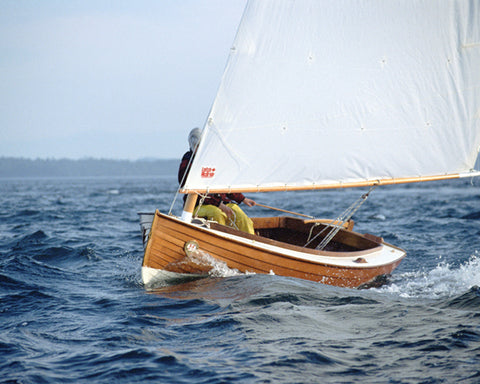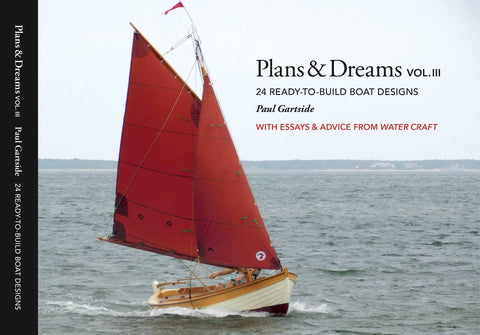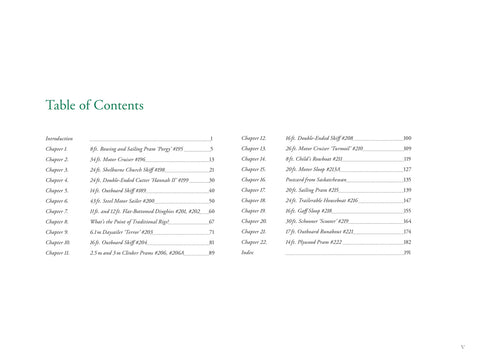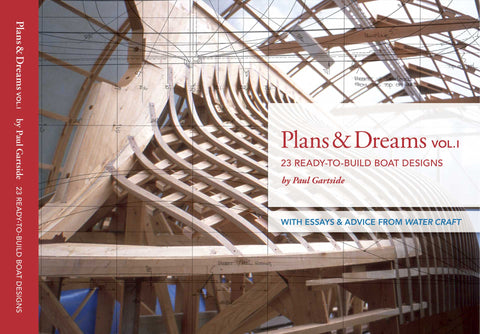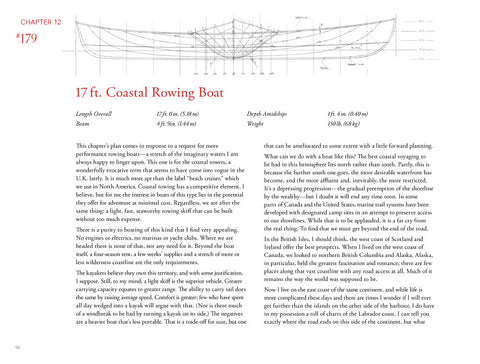This is a tricky one to nail down, but by giving a skill rating to each plan, the intention is to give some idea of the relative difficulty of the designs as building projects. You will note that the skill levels given are independent of boat size. Some of the most exacting projects are the small clinker dinghies.
Basic level designs require basic woodworking skills—the ability to sharpen tools and make things fit—but little or no experience with boat building is necessary. While the plans provide all the information required, they do not necessarily detail procedure. It is assumed that you have access to reference books on the subject. Basic designs will require lofting the drawings to obtain full-size patterns, building a level base, and setting up molds accurately.
Intermediate level plans require some additional techniques of bending and fairing, some spiling, etc. Most boats of glued construction fall into this category.
High level plans require the full range of boatbuilding skills: laying out plank rabbets, steam bending frames, lining out planking, and so forth. As mentioned above, these are less skills of manual dexterity than knowledge of procedures, so don’t be put off. If you have good woodworking ability and are prepared to do the background reading, they are within your reach and will prove among the most rewarding.


